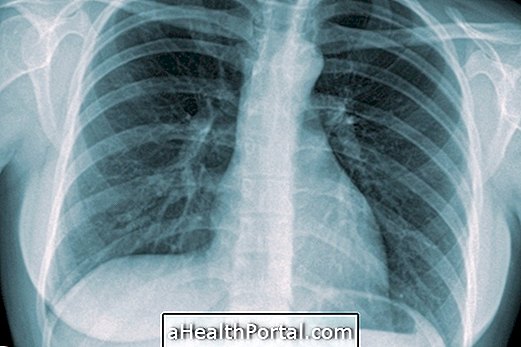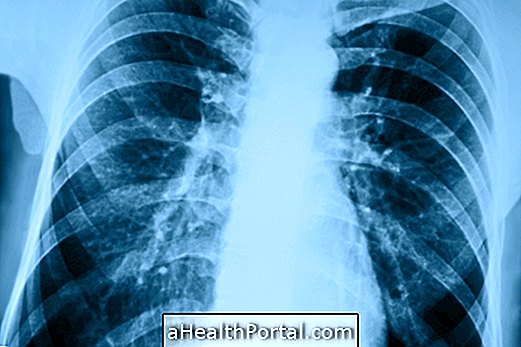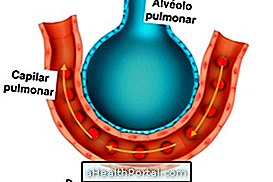The treatment for tuberculosis is done by taking oral antibiotics, such as Isoniazid and Rifampicin, which eliminate the bacteria that cause the disease to appear in the body. Since the bacteria is very resistant, it is necessary to do the treatment for about 6 months, although in some cases it can last between 18 months and 2 years until healing is achieved.
The easiest cases to treat are those of latent tuberculosis, that is, when the bacterium is in the body but is dormant, causing no symptoms, nor can it be transmitted. Active tuberculosis is more difficult to treat, so treatment may take longer and it may take more than one antibiotic to cure.
Thus, the medications used in the treatment vary according to the patient's age, general health status and the type of tuberculosis. However, home remedies may be helpful in complementing the treatment. Check out the best home remedies for tuberculosis.

Treatment for infant tuberculosis
There are 3 remedies commonly used to treat this type of tuberculosis, which include Isoniazid, Rifampicin and Rifapentine. The doctor usually prescribes only one of these antibiotics, which should be used for 6 to 9 months until the bacteria are completely eliminated and the result is confirmed with a blood test.
Although the bacteria are dormant, it is very important to treat latent tuberculosis because the disease can be active at any time, being more difficult to treat.
Treatment for active tuberculosis
In cases of active tuberculosis, the number of bacteria is very high and therefore the immune system is not able to fight infection and a combination of several antibiotics must be used for more than 6 months. The most commonly used remedies are:
- Isoniazid;
- Rifampicin;
- Etambutol;
- Pyrazinamide.
Treatment should be continued even after symptoms have disappeared to ensure complete elimination of bacteria. Therefore, it is essential to respect the duration of the treatment indicated by the doctor, taking the medicine every day, always at the same time and until the doctor says that he can stop.
During treatment of pulmonary tuberculosis, which occurs when the infection is in the lungs, it is very important to have some care during treatment, such as staying at home, avoiding close contact with others, and covering the mouth when coughing or sneezing, to prevent transmission of the disease, especially during the first 2 to 3 weeks.

How to use vitamin D to speed up treatment
Vitamin D was one of the first remedies used to treat tuberculosis before the existence of specific drugs to treat the disease. Previously, patients with tuberculosis were exposed to sunlight, and although the reason why sunlight was working was unknown, many patients improved.
Vitamin D is now known as an important regulator of the immune system that helps defense cells eliminate bad inflammatory proteins and produce more proteins that actually help eliminate bacteria, such as those that cause tuberculosis.
Thus, in order to improve treatment or prevent infection by tuberculosis, it is recommended to increase vitamin D levels in the body by eating foods rich in vitamin D and sun exposure, with adequate sunscreen and out of hours of greater danger.
Side effects of treatment
The side effects in the treatment of this disease are rare, however, as antibiotics are used, it is possible the appearance of side effects like:
- Nausea, vomiting and frequent diarrhea;
- Loss of appetite;
- Yellowish skin;
- Dark urine;
- Fever above 38º C.
When side effects occur, it is advisable to inform the doctor who prescribed the medicine to see if it is necessary to change medicine or to adjust the dose of treatment.
Signs of improvement
Signs of tuberculosis improvement appear about 2 weeks after initiation of treatment and include decreased fatigue, disappearance of fever, and relief of muscle pain.
Signs of worsening
Signs of worsening are more frequent when treatment is not started on time, especially in cases of latent tuberculosis in which the patient does not know that he is infected, and include the onset of fever above 38º C, general malaise, night sweats and aches muscles.
In addition, depending on the affected site, more specific symptoms such as coughing up blood, swelling of the affected area or weight loss may also occur.
See other signs of tuberculosis that may indicate a tuberculosis infection.



























